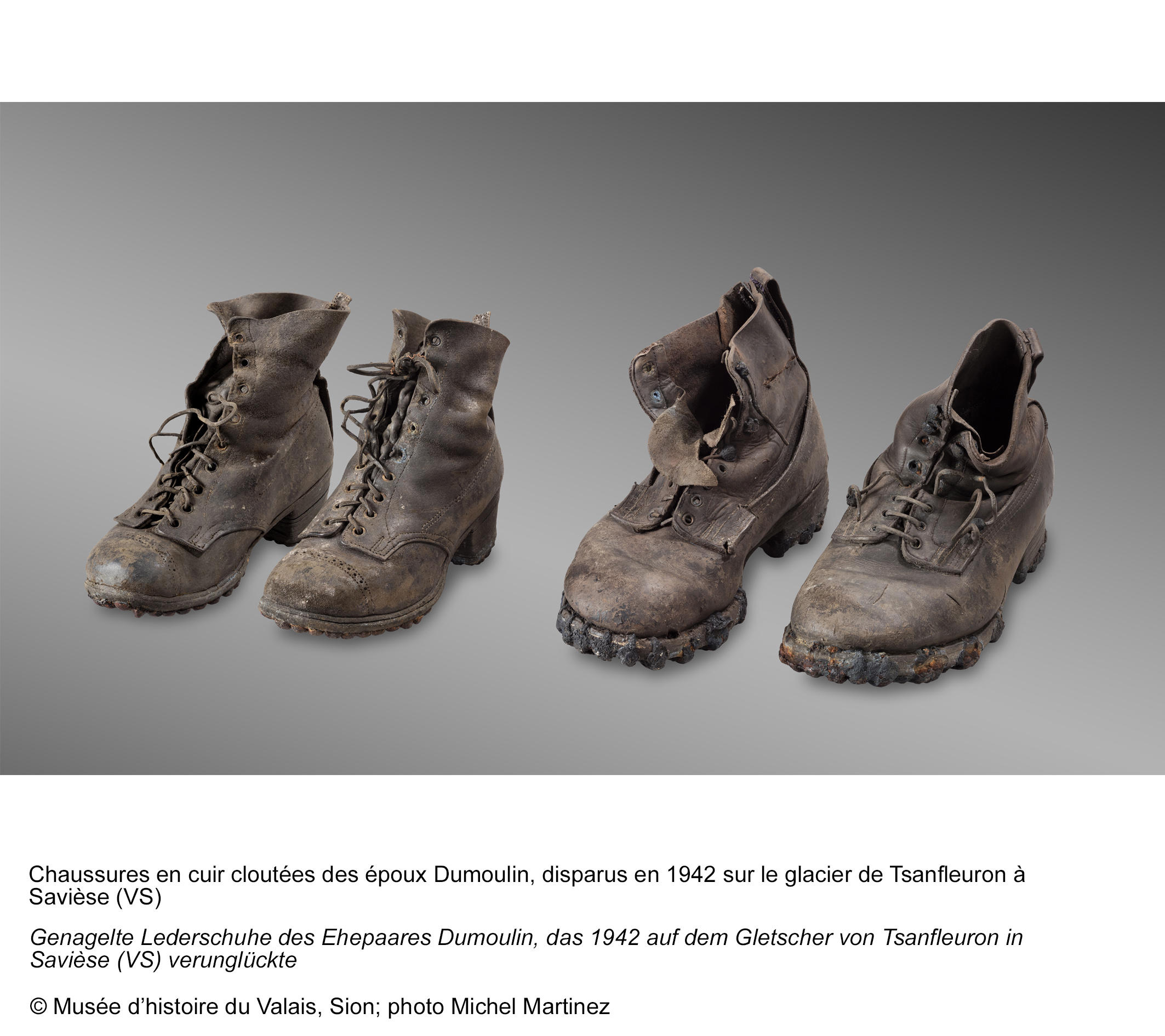
Mammoth tusk discovered in central Switzerland

A mammoth tusk has been discovered in the gravel pit at Wynau. The animal lived more than 25,000 years ago in the far north-east of what is now the canton of Bern.
While working with a digger this summer, two workers came across fragments of a mammoth tusk measuring around 50 centimetres long and 14 centimetres in diameter. These were isolated remains: no other archaeological objects were found when the gravel layers were examined, nor during the subsequent excavation work.
The workers immediately reported their discovery to the Archaeological Service of the Canton of Bern (ADB). An ADB employee visited the site on the same day, the canton said in a press release on Monday.
Washed away
In Switzerland, the mammoth became extinct at the end of the last Ice Age. Dating carried out by the University of Bern has established that the tusk belonged to an animal that lived between 24,800 and 24,100 BC.
The last glacial maximum began at this time, around 26,000 years ago: the Rhone glacier extended from Lake Geneva in a north-easterly direction, covering the western part of the Plateau and stopping west of the area where Oberbipp, Aarwangen and Langenthal are now located, i.e. around five kilometres from the site of the discovery.
The tusk probably belonged to an adult male that had died in the steppe landscape in front of the Rhone glacier. It was then washed away by a stream and deposited at the site where it was found. The fragments were protected for thousands of years under layers of sand and gravel.

More
Swiss glaciers surrender secrets of the past
Limited remains
The steppe that occupied the Plateau during the Ice Age provided a favourable habitat for large herbivores such as mammoths, woolly rhinoceroses and bison. However, finds dating from this period are very rare. There are no known traces of the hunters who roamed the cold steppe in small groups on the Plateau.
A mammoth tusk had already been discovered at the Wynau site in 1979, 400 metres from the site of the new find, and fragments belonging to a woolly rhinoceros and a wild horse had previously been unearthed there. Similar finds have been made in other gravel pits in the vicinity, as well as in the neighbouring canton of Lucerne.
This news story has been written and carefully fact-checked by an external editorial team. At SWI swissinfo.ch we select the most relevant news for an international audience and use automatic translation tools such as DeepL to translate it into English. Providing you with automatically translated news gives us the time to write more in-depth articles. You can find them here.
If you want to know more about how we work, have a look here, and if you have feedback on this news story please write to english@swissinfo.ch.

In compliance with the JTI standards
More: SWI swissinfo.ch certified by the Journalism Trust Initiative




























You can find an overview of ongoing debates with our journalists here . Please join us!
If you want to start a conversation about a topic raised in this article or want to report factual errors, email us at english@swissinfo.ch.